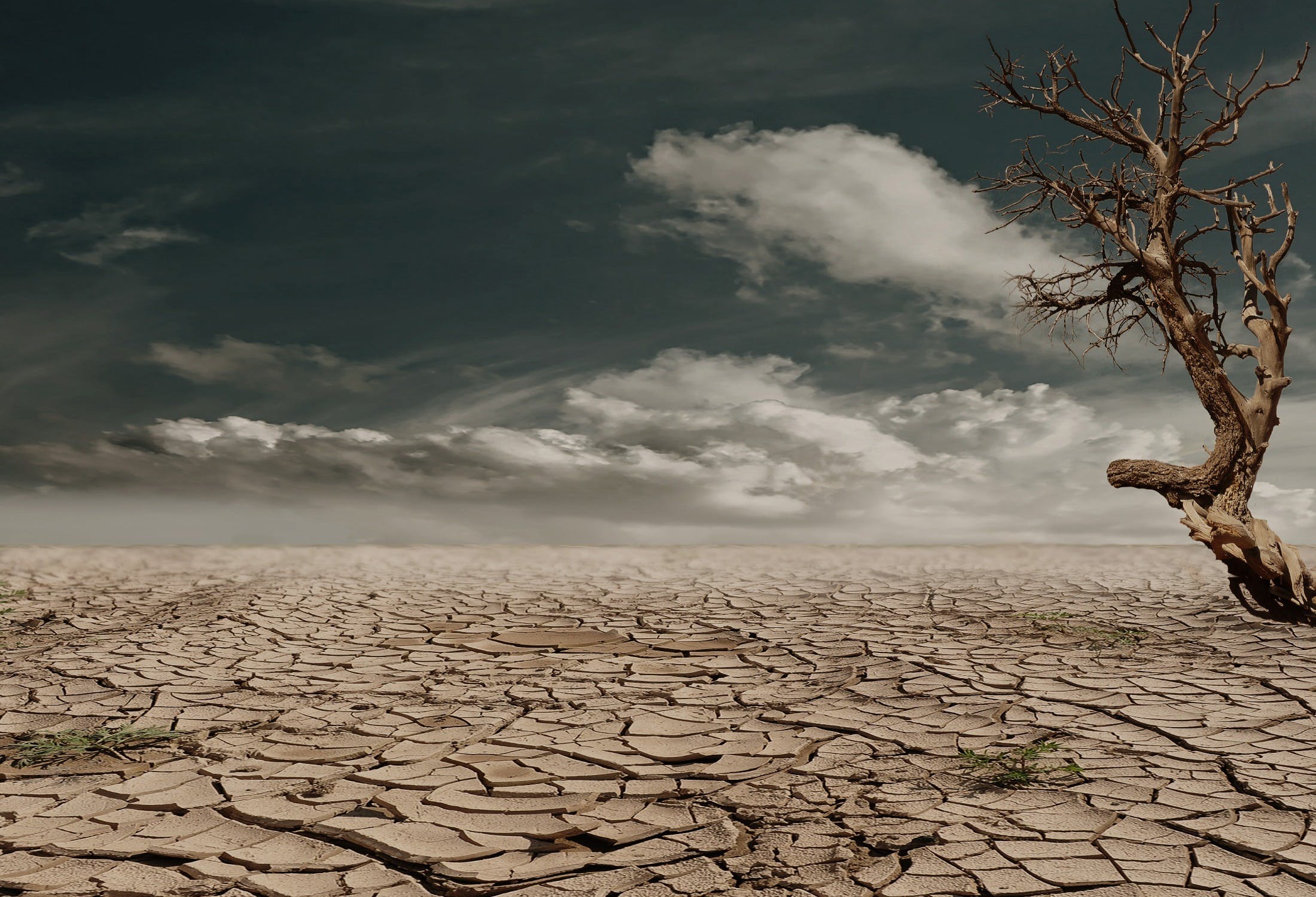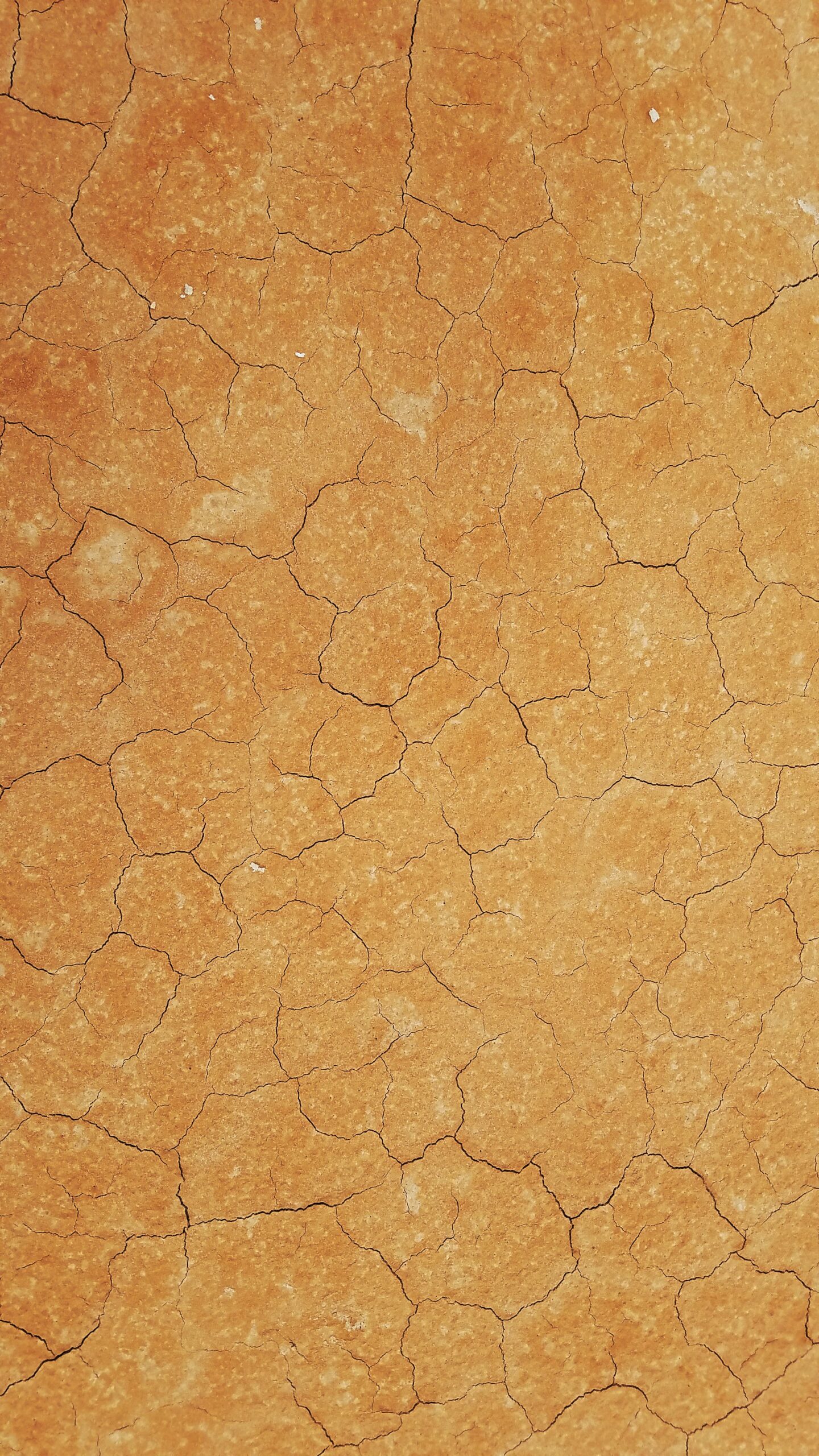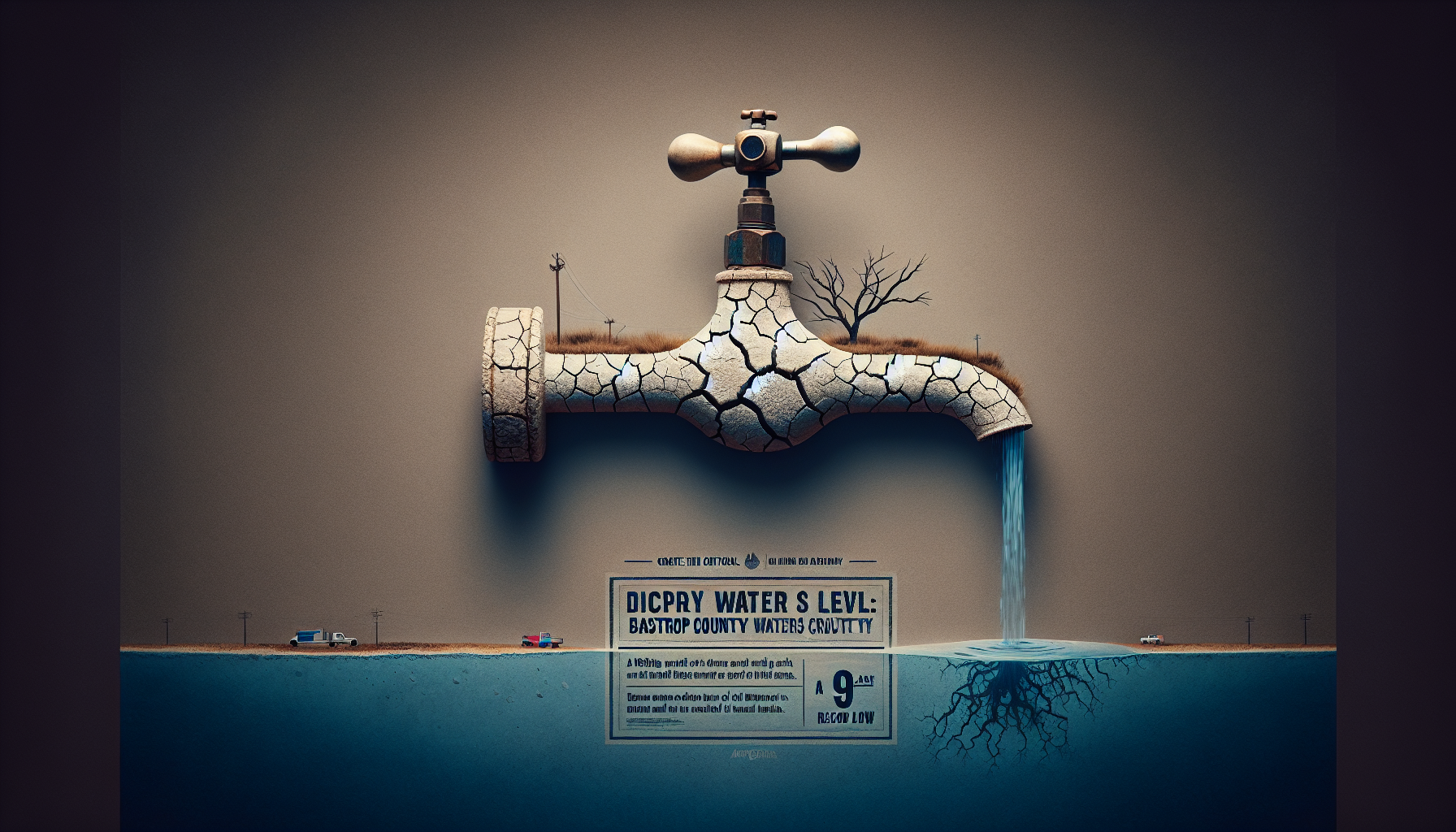In Bastrop County, water wells have hit a nine-year low, sparking concerns about the availability of clean and safe drinking water. The decreasing water levels in these wells raise questions about the sustainability of the water supply in the area. As the wells continue to dry up, residents are turning to alternative sources and government agencies are exploring solutions to address the issue. This decline in water levels serves as a reminder of the importance of effective water management and conservation efforts in order to ensure the availability of this vital resource for both current and future generations.

Causes of the decrease in water levels
Water scarcity is becoming an increasingly pressing concern in many regions around the world, including your own community. The decrease in water levels can be attributed to several factors. One of the main causes is climate change, which has led to changes in rainfall patterns and increased evaporation rates. This has resulted in reduced water availability in rivers, lakes, and reservoirs.
Human activities also play a significant role in the decrease in water levels. The extraction of groundwater for agricultural, industrial, and domestic purposes has put immense pressure on water resources. Overuse and unsustainable practices, such as excessive irrigation and wasteful consumption, have further worsened the situation.
Environmental factors, such as deforestation and land degradation, have contributed to the decrease in water levels as well. The loss of vegetation cover reduces the ability of soil to retain water, leading to increased runoff and decreased infiltration. This further depletes groundwater reserves and exacerbates water scarcity.
Effects of low water levels on residents
The effects of low water levels on residents can be far-reaching and impactful. One of the most immediate consequences is the limited availability of clean, potable water for drinking, cooking, and sanitation purposes. This puts the health and wellbeing of individuals and communities at risk, as inadequate access to clean water can lead to the spread of waterborne diseases and poor hygiene practices.
Low water levels also pose challenges for agriculture and farming, which heavily rely on water for irrigation and livestock watering. Crop yields can significantly decrease, leading to food shortages and economic instability for farmers. Livestock may suffer from dehydration and malnutrition, further impacting the livelihoods of those dependent on agriculture.
The decrease in water levels can also affect local economies and industries. Many businesses, such as tourism and hospitality, rely on a stable water supply to operate. Without sufficient water resources, these industries may suffer and struggle to attract visitors, leading to a decline in revenue and employment opportunities in the region.
Concerns about the long-term sustainability of water wells
Water wells have long been a source of freshwater for communities, particularly in areas without access to centralized water infrastructure. However, the decrease in water levels raises concerns about the long-term sustainability of these wells. As water tables drop and groundwater reserves deplete, the reliability and availability of water from wells may be compromised.
Excessive extraction of groundwater can lead to the drying up of wells, rendering them unusable for the community. This not only affects residents’ daily water needs but also poses challenges for emergency situations, such as firefighting or disaster response, where access to water is crucial.
Furthermore, the depletion of groundwater reserves can cause land subsidence or sinking, leading to infrastructure damage and environmental degradation. This poses additional risks and costs for communities already grappling with water scarcity.
Possible solutions and interventions
Addressing water scarcity requires a multifaceted approach that combines short-term interventions with long-term solutions. Here are some possible strategies and measures that can help mitigate the decrease in water levels:
-
Water conservation and efficiency: Encouraging water-saving practices at the individual and community levels, such as fixing leaks, using efficient appliances, and practicing responsible irrigation techniques, can significantly reduce water demand.
-
Rainwater harvesting: Capturing rainwater and storing it for later use can help supplement water supplies, particularly during the rainy season. This can be done through the installation of rain barrels or larger-scale systems in buildings and infrastructure.
-
Wastewater recycling and reuse: Implementing systems for treating and reusing wastewater, such as for irrigation or industrial purposes, can alleviate the strain on freshwater resources and reduce water demand.
-
Sustainable agriculture practices: Promoting efficient irrigation methods, crop rotation, and soil conservation techniques can minimize water use in agriculture and improve water efficiency.
-
Restoration of natural ecosystems: Reversing deforestation, protecting and restoring wetlands, and implementing sustainable land management practices can enhance water retention and recharge, improving overall water availability.
-
Desalination and water treatment technologies: Investing in desalination plants and advanced water treatment technologies can provide a new source of freshwater for regions facing extreme water scarcity.

Local government response and initiatives
Local governments play a crucial role in addressing water scarcity and mitigating the decrease in water levels. In response to the pressing issue, many communities have implemented various initiatives and measures. These include:
-
Water conservation campaigns: Local governments have launched public awareness campaigns to educate residents about the importance of water conservation and provide practical tips on how to reduce water consumption.
-
Water restrictions and regulations: Implementing water restrictions and regulations, such as limiting outdoor watering or implementing tiered pricing structures, can incentivize residents to be more mindful of their water usage.
-
Infrastructure investments: Local governments have invested in water infrastructure projects, such as the construction of water treatment plants, pipeline networks, and storage facilities, to improve water distribution and management.
-
Water management plans: Developing comprehensive water management plans that prioritize sustainable use, conservation, and alternative water sources can guide long-term strategies for addressing water scarcity.
-
Collaboration and partnerships: Local governments have partnered with NGOs, community organizations, and other stakeholders to collectively address water scarcity through collaborative efforts, knowledge sharing, and resource mobilization.
Role of climate change in water scarcity
Climate change is a significant driver of water scarcity worldwide. Rising global temperatures, changing precipitation patterns, and increased evaporation rates caused by climate change have profound effects on water availability. These changes disrupt the natural water cycle and contribute to the decrease in water levels.
Warmer temperatures can lead to increased evaporation from water bodies, reducing their water levels. Changes in precipitation patterns, including the occurrence of more intense and prolonged droughts or heavy rainfall events, can impact water availability in different regions. Droughts can deplete surface water and groundwater reserves, while heavy rainfall events can lead to runoff and soil erosion, limiting water infiltration and recharge.
It is essential to recognize the interconnections between climate change and water scarcity and to develop adaptive strategies that take into account changing climate conditions. Mitigating greenhouse gas emissions and transitioning to a low-carbon economy are crucial steps in addressing the root causes of climate change and its impacts on water resources.

Comparison with other regions facing similar water scarcity issues
Water scarcity is a global issue affecting various regions around the world. By comparing your community’s water scarcity challenges with those faced by other regions, valuable insights can be gained and potential solutions can be identified. Some regions that have experienced similar water scarcity issues include:
-
Cape Town, South Africa: In 2018, Cape Town faced the threat of becoming the first major city to run out of water. The city implemented strict water restrictions, public awareness campaigns, and infrastructure upgrades to avert a crisis.
-
Chennai, India: Chennai experienced a severe water scarcity situation in 2019, with drought and overextraction of groundwater leading to depleted water levels. The city introduced rainwater harvesting and increased water storage capacity to address the shortage.
-
Australia’s Murray-Darling Basin: The Murray-Darling Basin, one of Australia’s largest river systems, has faced prolonged droughts and water scarcity due to climate change and overuse. The region has implemented water allocation and management reforms to balance competing water demands.
-
California, United States: California has a long history of water scarcity, especially in times of drought. The state has adopted a range of measures, including water-use restrictions, water recycling projects, and investments in water storage infrastructure.
Studying the experiences of these regions can provide valuable lessons and inspiration for addressing water scarcity in your community. It highlights the importance of proactive planning, stakeholder collaboration, and a mix of short-term and long-term interventions.
Impact on agriculture and farming
Agriculture and farming are heavily reliant on water resources and are directly impacted by the decrease in water levels. Water scarcity affects agricultural production in several ways:
-
Reduced crop yields: When water availability is limited, farmers may struggle to provide sufficient irrigation to their crops. This can result in decreased crop yields and quality, impacting both the livelihoods of farmers and food security for communities.
-
Shifts in crop patterns: Water scarcity may lead farmers to switch to more drought-tolerant crops or modify their cropping patterns to align with the available water resources. This can have implications for the diversity and availability of food crops.
-
Livestock challenges: Water scarcity not only affects crop production but also directly impacts livestock farming. Animals require water for drinking, bathing, and cooling. Insufficient water supplies can result in dehydration, malnutrition, and disease outbreaks among livestock.
-
Economic implications: Agriculture is not only essential for food production but also contributes significantly to local economies. Decreased agricultural productivity due to water scarcity can have ripple effects on employment, income, and the overall economic stability of farming communities.
To address these challenges, farmers can adopt water-efficient irrigation techniques, such as drip irrigation or precision agriculture, to optimize water use. Improving soil health and implementing water-saving practices, such as mulching and cover cropping, can enhance water retention in agricultural fields. Additionally, investing in water storage infrastructure, such as reservoirs or ponds, can provide reliable water sources during periods of water scarcity.

Health risks associated with low water levels
Low water levels and water scarcity pose several health risks for communities. Inadequate access to clean, safe water can lead to the spread of waterborne diseases, such as diarrhea, cholera, and typhoid fever. Insufficient water for hygiene practices, such as handwashing, increases the risk of infection transmission.
Moreover, low water levels can impact sanitation services, as wastewater treatment and disposal may be compromised. This can result in the contamination of water sources and the proliferation of disease-causing agents.
Vulnerable populations, such as children, the elderly, and those with weakened immune systems, are particularly susceptible to the health risks associated with water scarcity. Inadequate access to water and sanitation services can exacerbate existing health conditions and hinder proper healthcare delivery.
To mitigate these health risks, it is essential to prioritize access to clean water and sanitation services in communities facing water scarcity. This can be achieved through the implementation of water treatment and purification systems, the promotion of hygiene education and practices, and the provision of alternative water sources during periods of water shortage.
Community efforts to conserve water
Water scarcity is a shared issue that requires collective action and community involvement. Many communities have taken proactive steps to conserve water and address the decrease in water levels. Here are some examples of community efforts to conserve water:
-
Water conservation campaigns: Communities have launched public awareness campaigns to educate residents about the importance of water conservation and encourage behavior change. These campaigns often include tips on reducing water usage at home, in schools, and in businesses.
-
Community gardens and urban farming: Community gardens and urban farming initiatives promote water conservation by encouraging residents to grow their own food using sustainable irrigation methods, such as rainwater harvesting or efficient drip irrigation.
-
Water-saving technologies and infrastructure: Communities have invested in water-saving technologies, such as low-flow faucets and showerheads, as well as infrastructure improvements like leak detection systems and smart irrigation controllers.
-
Greywater recycling: Greywater recycling systems, which collect and treat wastewater from sinks, showers, and laundry, have been implemented in some communities. The treated greywater can be used for non-potable purposes, such as irrigation or toilet flushing.
-
Community-based water management: Community-led water management initiatives promote efficient water use and cooperative decision-making. These initiatives involve stakeholders from different sectors and prioritize the needs and perspectives of the community.
By engaging residents, businesses, and community organizations, these efforts empower individuals to contribute to water conservation and create a collective impact. Community involvement fosters a sense of ownership and responsibility towards water resources, ensuring more sustainable water management practices for the future.
In conclusion, addressing the decrease in water levels and mitigating water scarcity requires comprehensive strategies, collaborative efforts, and a commitment to sustainable water management. By understanding the causes and effects of water scarcity, exploring possible solutions, and learning from successful initiatives in other regions, communities can work towards a more secure and resilient water future.


